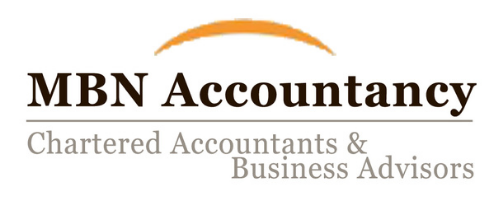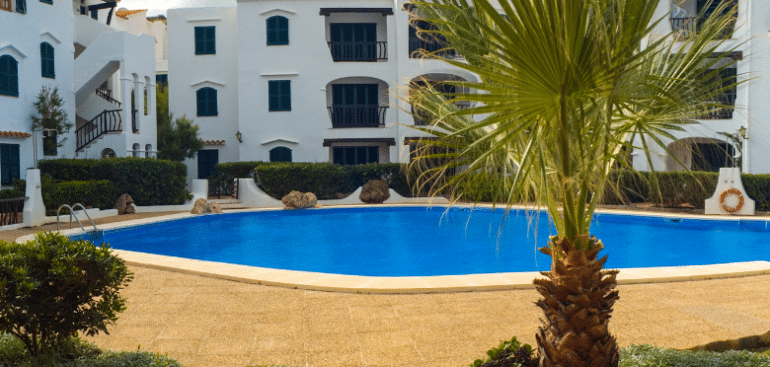All business must start at some point, and a furnished holiday lets (FHLs) business is no exception. Unlike other rental properties, furnished holiday lettings enjoy special tax rules. As a result, they are able to benefit from capital gains tax reliefs for traders and claim capital allowances for furniture, fixtures and fittings. The profits from a furnished holiday lettings business also count as earnings for pension purposes.
However, to access these reliefs, the let must meet several tests for it to be considered a FHL.
The test
The property must be let furnished and must be in the UK or the EEA. It must also pass all three of the following occupancy conditions:
Condition 1 – The pattern of occupation condition
Continuous lets of more than 31 days must not exceed 155 days in total in the year.
Condition 2 – The availability condition
The property must be available for letting as furnished holiday accommodation for at least 210 days in the tax year. Days when the landlord stays in the property are not counted.
Condition 3 – The letting condition
The property must actually be let as furnished holiday accommodation for at least 105 days in the tax year. Longer-term lets of 31 days are excluded, as are periods when the property is let to family or friends for free or at a reduced rate.
Period for which the tests are applied
For a continuing holiday let, these tests are applied on a tax year basis to determine whether the property qualifies as a furnished holiday letting for the tax year.
However, different rules apply for the first year and the tests are applied over the 12-month period from the date that the holiday letting began. This means that some periods will be taken into account twice in working out whether the property qualifies.
Example
Rueben buys a cottage in Devon, which he plans to let as a furnished holiday let. The sale is completed in August 2021. He spends a couple of months refurbishing the property and it is let as a holiday let for the first time on 14 October 2021. Letting commences in the 2021/22 tax year.
For year one, the tests are applied for the first 12 months, from 14 October 2021 to 13 October 2022.
Thereafter, the tests are applied on a tax year basis.

